Did you know that the color yellow is often associated with happiness and positivity? In fact, studies have shown that the color yellow can improve our mood and increase feelings of optimism. So why not bring some of that sunshine indoors with a beautiful yellow flowering plant?
In this article, we will explore some of the best indoor plants that produce yellow flowers. Whether you’re looking for a bright and sunny plant like the Hibiscus ‘Eye of Kali’ or something more elegant and fragrant like the Begonia ‘Nonstop Yellow’, there is one that will suit your style and space. Not only will they enhance the aesthetic of your space, but they may also improve your mood and inspire you!
Table of Contents
1. Florist Kalanchoe

Kalanchoe plants are known for their clusters of small, trumpet-shaped flowers that come in a variety of colors, including yellow. The flowers are often bright and vibrant, and they bloom in the late winter and spring months. The plant’s leaves are typically thick and fleshy, and they may be green, gray, or purple in color.
These plants are low-maintenance and easy to care for, making them a great choice for those looking to add a touch of nature to their home.
2. Bromeliads
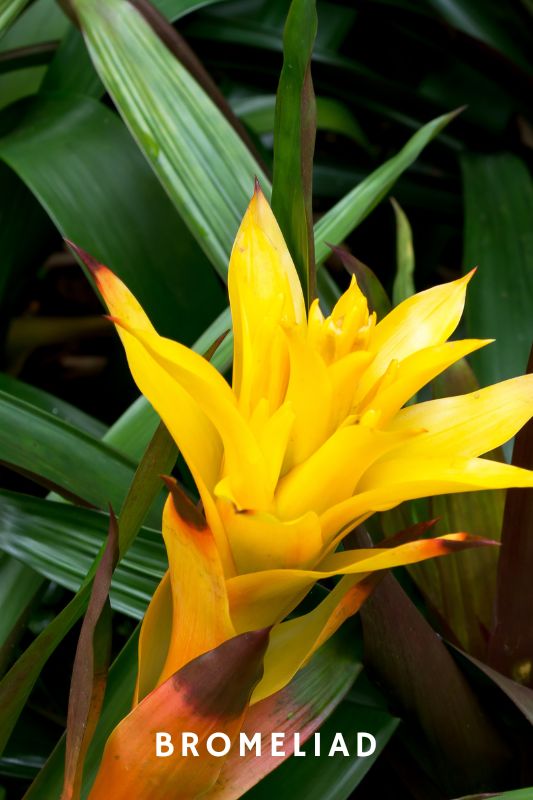
Bromeliads are a diverse group of tropical and subtropical plants native to Central and South America known for their bright and colorful flowers that can be found in shades of red, orange, yellow, pink, and purple.
Due to their unique appearance and ability to thrive in warm, humid environments, these plants are quite popular with indoor gardeners. In warmer climates, where they can be grown outdoors, these plants are also used in landscaping as groundcover or to add color and texture to gardens.
3. Golden Shrimp Plant

This one is a tropical plant native to South America and it comes with glossy, bright green leaves that are arranged oppositely on the stem. Also known as the Lollipop plant, it produces clusters of small, tube-shaped flowers that are yellow, orange, or red in color. These flowers are surrounded by bright red or orange bracts, which give the plant its common name of “golden shrimp plant.”
Overall, the Golden shrimp plant (Pachystachys lutea) is easy to care for and makes a beautiful addition to any indoor space. With proper care and attention, it can thrive and produce bright, colorful flowers all year round!
4. Orchids
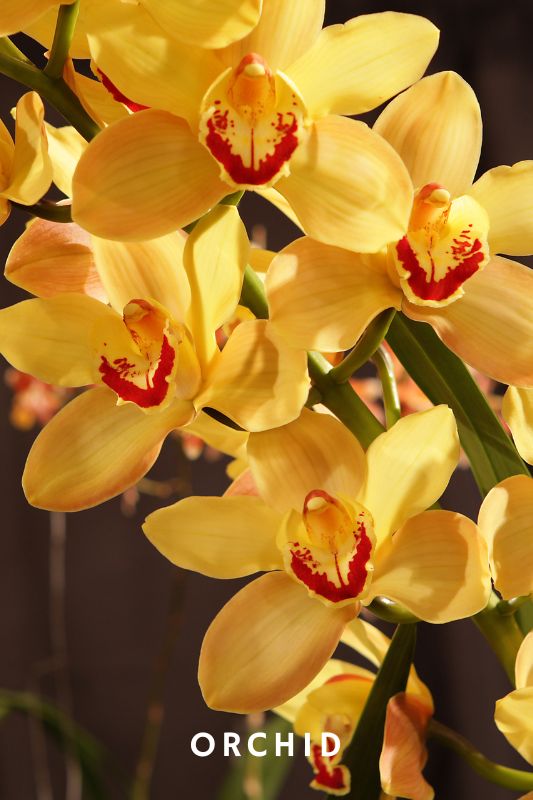
Orchids are known for their beautiful, often showy flowers, which come in a wide range of colors, including white, yellow, pink, purple, red, and orange. The flowers of orchids can be small or large and have a wide variety of shapes and patterns. Some orchids have flowers that are long and thin, while others come as round and full.
Since there are so many varieties of orchids out there, you’ll just have to look for the one that matches your aesthetics best!
5. Hibiscus ‘Eye of Kali’

Named after the Hindu goddess of time, doomsday, and death, Hibiscus ‘Eye of Kali’ is a beautiful tropical plant that is known for its large, showy flowers. The flowers have a trumpet-shaped form and can range in color from shades of red and pink to orange and yellow. They are typically around 8 inches in diameter and are held on long, slender stems.
One of the most striking features of Hibiscus ‘Eye of Kali’ is the large, prominent eye-like spot that appears in the center of the flower. This spot is usually a deep, dark purple or black color, which contrasts dramatically with the bright, vibrant petals.
In addition to its stunning flowers, ‘Eye of Kali’ is also known for its hardiness and adaptability, as it can thrive in a variety of climates and is relatively easy to care for, making it a popular choice for gardeners and plant enthusiasts.
6. Prickly Pear Cactus

Prickly Pear cactus (Opuntia spp.) is a type of cactus that is native to the Americas. It is characterized by its flat, fleshy pads and distinctive spines or glochids, which are small, fine, and barbed. The pads of the cactus are usually green, but some species may have purplish or reddish pads.
The flowers of prickly pear cactus are typically large and showy, ranging in color from yellow to red, pink, or purple. They have a cup-shaped or funnel-shaped structure and are often found at the tips of the cactus pads.
This cactus is generally quite hardy and can tolerate a wide range of temperatures, but it is sensitive to frost and should be protected in cold weather. It is also important to be careful when handling this one, as its spines can easily prick you.
7. Marble Buttons
Conophytum calculus, also known as Marble Buttons, is a small succulent that comes with a rounded shape and produces flowers during fall. They are small and typically yellow or orange in color and appear on short, thin stems that emerge from the center of the plant. The flowers are often surrounded by a ring of papery bracts that are similar in color to the petals.
Like most succulents out there, Conophytum calculus is a low-maintenance plant that is well-suited to growing in containers or in rock gardens. It is drought-tolerant and can survive in a wide range of soil types, but it prefers well-draining soil and should be protected from frost.
8. Sedum
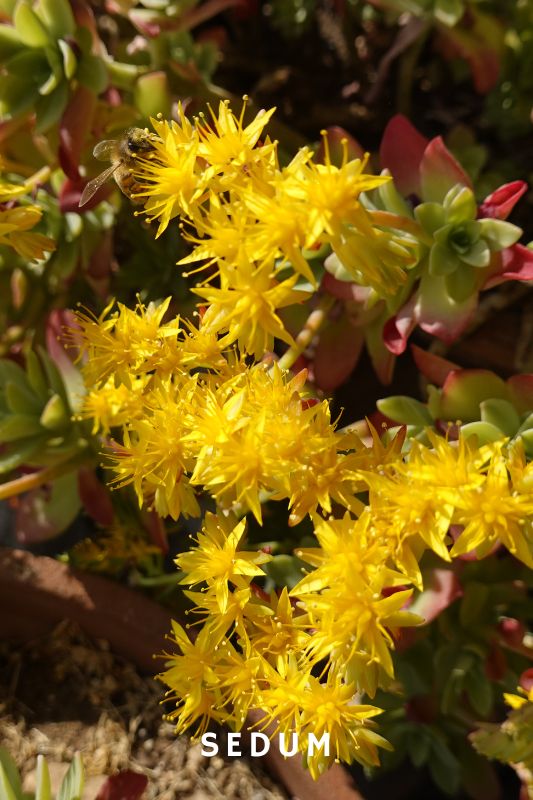
Sedum is a large genus of flowering plants comprising over 600 species. While most species of Sedum are native to the Northern Hemisphere, some of them come from South America and Africa.
Known for their colorful flowers, which are often produced in clusters or panicles at the tips of the stems, these plants are a must-have! Colored in white, yellow, orange, red, or pink, their flowers typically have five petals. However, while some species of Sedum have small, star-shaped flowers, others have larger, more showy flowers.
Sedum plants are easy to care for and are well suited to a variety of growing conditions, including rocky or gravelly soils, dry conditions, and full sun. They are popular garden plants, and many species are used in rock gardens, as ground covers, or in containers.
9. Belgian Mums
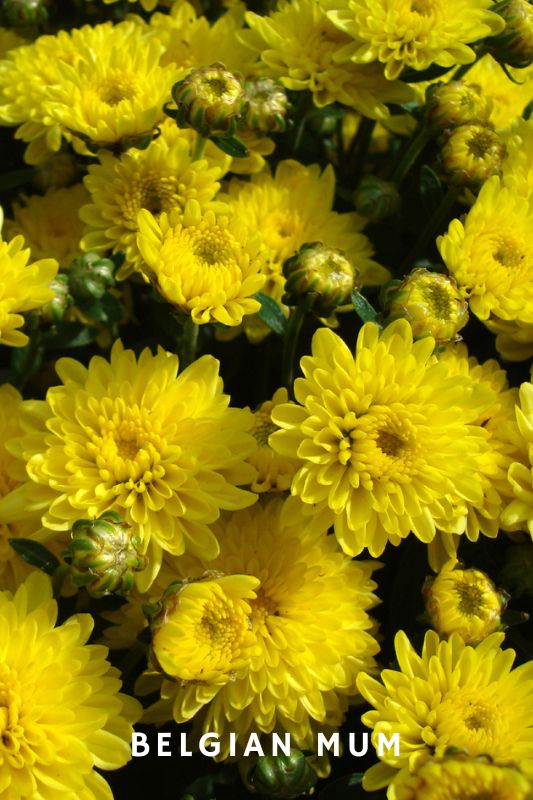
Belgian Mums are a type of Chrysanthemum, which is a flowering plant that is native to Asia. These plants have a range of appearances, with some varieties having large, showy flowers and others having smaller, more delicate blooms.
The flowers of Belgian Mums are typically round or somewhat flat in shape, with petals that are arranged in a circular pattern around a central disc. The petals can be a variety of colors, including white, yellow, pink, purple, red, and orange, and some varieties may have flowers with multiple colors. The plants themselves can range in size, with some varieties growing to be quite tall and others remaining more compact.
In terms of appearance, Belgian Mums are generally known for their lush, full foliage and large, showy flowers. They are often used in landscaping and garden design, and can add a burst of color to any outdoor space. These plants are typically hardy and easy to care for, making them a popular choice for home gardens and public spaces.
10. Begonia ‘Nonstop Yellow’

Begonia ‘Nonstop Yellow’ is a cultivar of the Begonia plant, known for its bright, cheerful yellow flowers. The plant itself is a small shrub with glossy, green leaves. The leaves are typically oval or triangular in shape and have a waxy, slightly hairy texture.
The flowers of Begonia ‘Nonstop Yellow’ are small and typically grow in clusters on the ends of stems. They have five petals and are a bright, sunny yellow color. Usually having about an inch in diameter and a slightly wavy or ruffled appearance, they are often described as looking like small, cheerful sunflowers.
This colorful, vibrant plant is sure to brighten up any garden or indoor space!
11. Geranium ‘First Yellow’
The ‘First Yellow’ cultivar is known for its yellow flowers, which are typically about 2 inches in diameter and have five petals. They appear in clusters and are held on tall, upright stems above the plant’s leaves.
Geranium ‘First Yellow’ plants are typically compact in size, reaching a height of about 12-18 inches and a width of about 12-15 inches, which makes them well-suited for use in containers.
12. Amaryllis ‘Yellow Star’
Amaryllis ‘Yellow Star’, also known as Hippeastrum ‘Yellow Star’, is a cultivar of the Amaryllis plant, known for its bright yellow flowers, which have six petals and are arranged in a star-like pattern. The flowers typically measure about 6 inches in diameter and are borne on tall, sturdy stems that can reach up to 2 feet in height.
In addition to being a popular choice for gardens and indoor spaces throughout the year, ‘Yellow Star’ is also a popular plant during the Christmas season. Its bright, cheerful flowers make it a perfect addition to holiday decorations and arrangements. Many people enjoy growing Amaryllis plants indoors during the winter months as a way to bring a touch of color into their homes during the colder season. As a result, Amaryllis plants, including the ‘Yellow Star’ cultivar, are often given as gifts during the holiday season. They are also commonly used in holiday floral arrangements and table centrepieces.
Conclusion
There are many beautiful houseplants that produce stunning yellow flowers. Whether you are looking for a small, low-maintenance plant like the African violets or a more dramatic option like the Amaryllis ‘Yellow Star’, there is a yellow-flowering plant out there for every indoor garden. Not only do these plants add a pop of color to your home, but they also have the added benefit of bringing a sense of calm and relaxation to your space. So why wait? Add some of these sunny beauties to your home and enjoy their cheerful blooms!

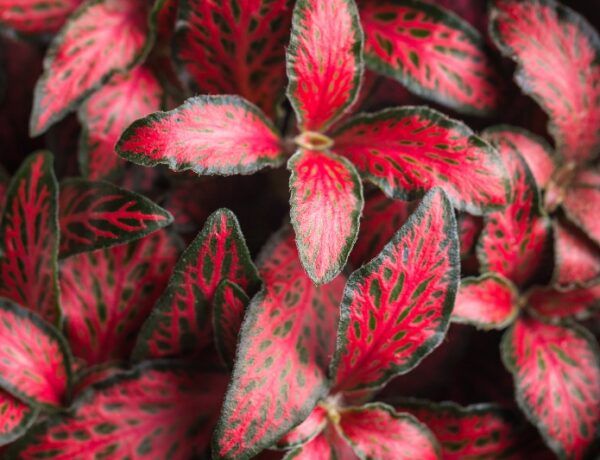
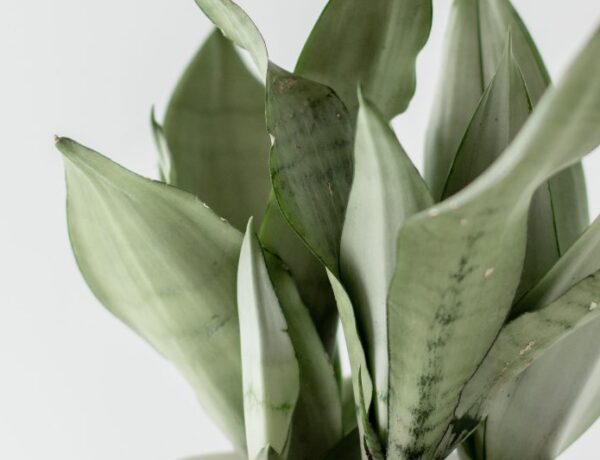



No Comments